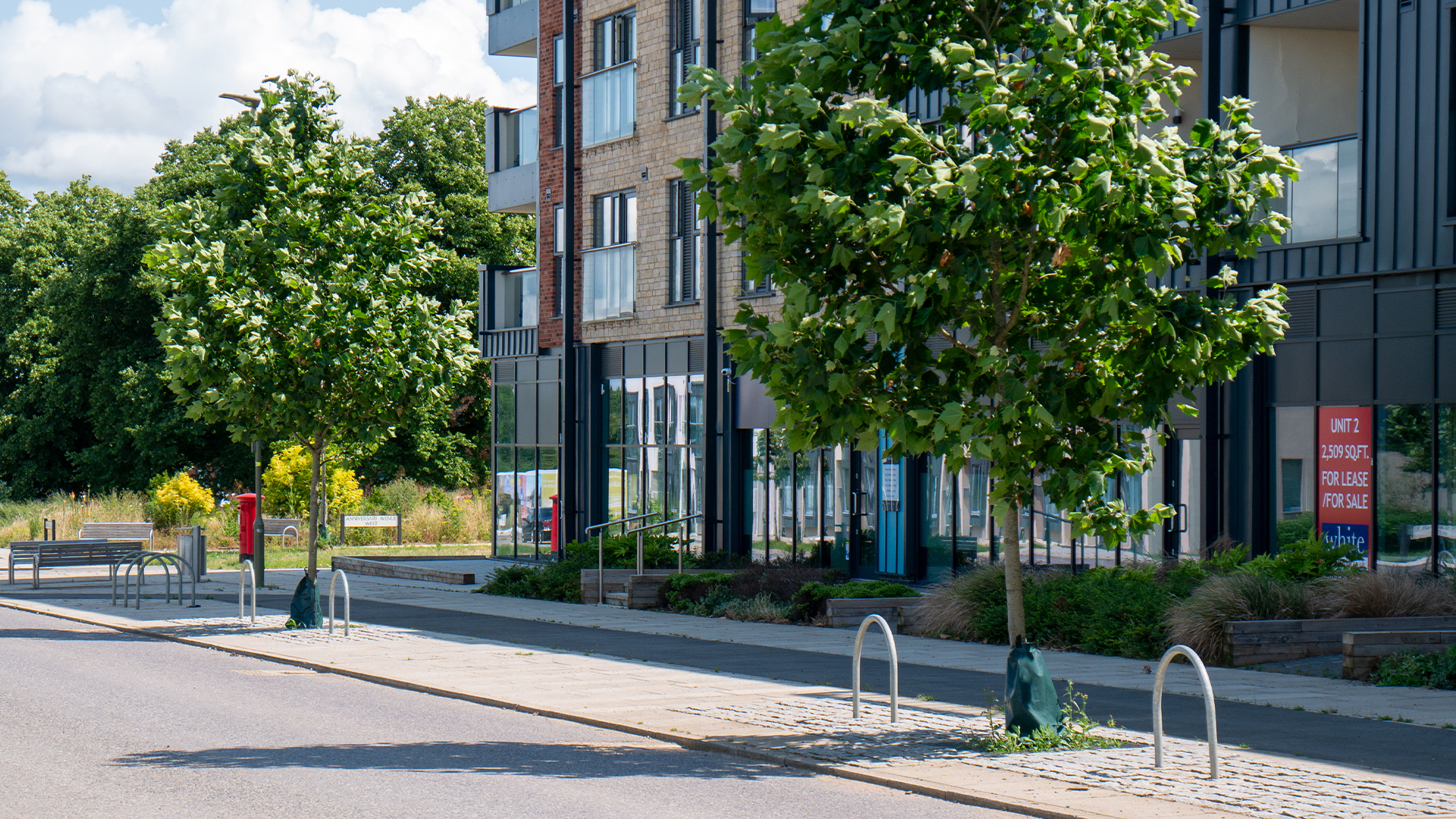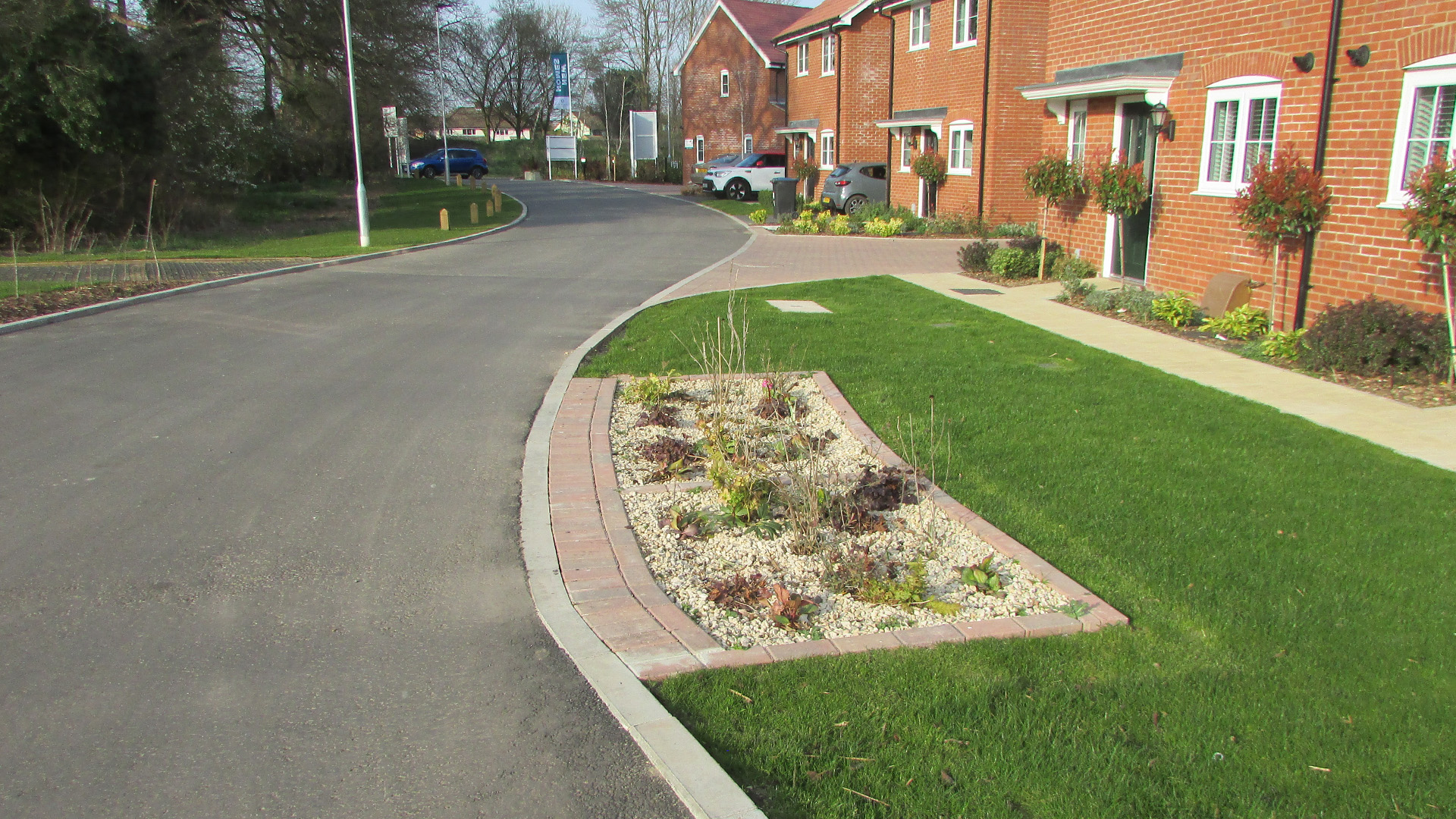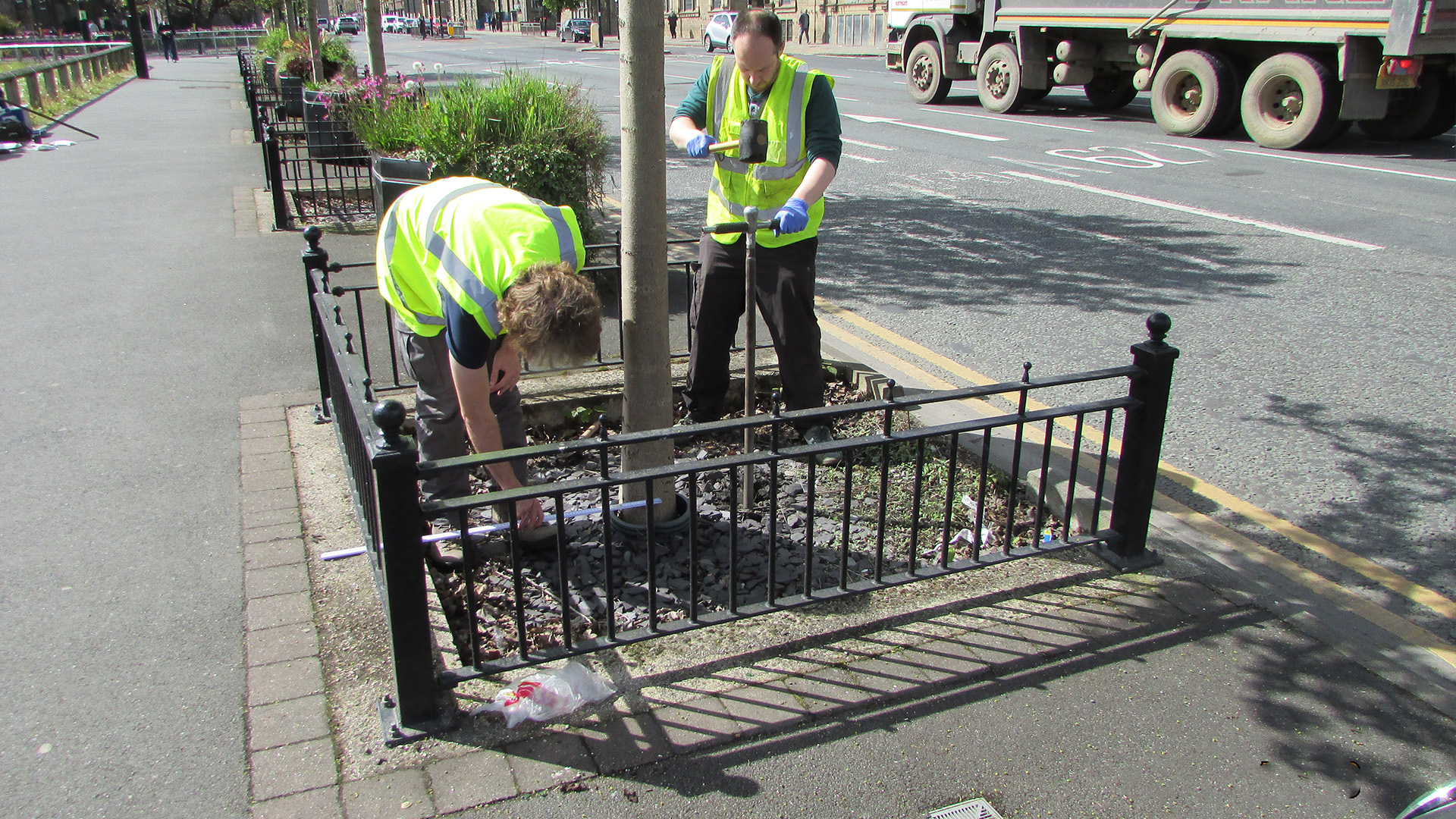In an era where environmental challenges and urbanisation are at the forefront, creating future-proofed designs that integrate sustainable practices is crucial. To achieve this, it is essential to break down silo mentalities and foster strong connections with local communities through active public engagement.
This blog explores the significance of reputation and engagement in driving sustainable development, particularly focusing on the areas of drainage design and merging policy.
Reputation: A Catalyst for Change
Building a reputable image is a cornerstone for driving sustainable development initiatives. A positive reputation can attract stakeholders, investors, and community members eager to contribute to the cause. This support becomes essential in breaking down barriers, fostering collaboration, and driving innovation.
Engagement: The Backbone of Sustainable Communities
Public consultation is the lifeline that sustains any community-driven initiative. By engaging residents, organisations, and policymakers, the success of sustainable projects can be amplified. The active participation and endorsement of the community, build a sense of ownership and responsibility towards the project, resulting in long-term benefits for all involved parties.
Neighbourhood planning groups can incorporate the Green Infrastructure Framework when preparing neighbourhood plans. The step-by-step approach aims to support the delivery of good quality blue-green infrastructure (BGI) with benefits for people and nature.

Aimed at planners and developers, the Green Infrastructure Framework will help increase the amount of green cover to 40% in urban residential areas.
The Green Infrastructure Framework is a commitment to the Government’s 25-Year Environment plan. Natural England is central in delivering the framework and putting the 15 GI principles into practice.
| 1. Stakeholder mapping | |
| 2. Evidence – Establish the policy context, and gather and assess the evidence to understand local BGI needs and priorities. | |
| 3. Plan strategically – Identify priorities, and develop a BGI vision. | |
| 4. Design – Suggest where BGI needs protecting, creating and enhancing. | |
| 5. Managed, valued, monitored and evaluated – continue to use the evidence and monitor delivery | |
The process journey
Integrating Sustainable Urban Policy and Climate Objectives
Urban policy sectors play a pivotal role in shaping sustainable communities. Policies that prioritise climate resilience, energy efficiency, and sustainable transportation are essential for creating liveable towns and cities. Building a positive reputation in the policy sector allows for influential advocacy and the implementation of forward-thinking strategies. Active community involvement ensures that own policies reflect the needs and aspirations of the people they serve.
Site-Specific Planning: Balancing Development and Environmental Considerations
Detailed planning at the site level is essential for harmonising development with environmental considerations. By analysing site topography and soil conditions, developers can design landscapes that manage stormwater effectively, reduce erosion, and support biodiversity. Engaging with the community and involving them in the decision-making process ensures that the site-specific planning aligns with the values and aspirations of the people who will inhabit the area.
Solutions such as the GreenBlue Urban HydroPlanter is a MicroSuDS solution. Projects such as Bishop Stortford Hertfordshire, saw collaborative design with the District, County council and Developer, providing a perfect onsite individual solution for residents to enjoy.

Harnessing the Power of Reputation into Sustainable Drainage Design
Effective drainage design is crucial for managing stormwater runoff, reducing flood risks, and preserving water quality. By incorporating sustainable urban drainage systems (SuDS), communities can create innovative solutions that go beyond conventional methods. Reputation plays a significant role in securing funding and garnering support from authorities, while community engagement ensures that the drainage designs align with the needs and values of the community.
Research and development have been fundamental to the progress at GreenBlue Urban. Multi-disciplinary collaboration with universities, engineers, industry specialists, end users etc, provides a solid foundation for research and testing. Long-term, real-life monitoring of controlled systems offers invaluable data to improve the efficiency of green-blue systems and support further growth and success.
Recent studies include the continued monitoring of:-
SuDS-enabled tree pits at Maynard Avenue, Margate, Kent were carried out as part of the Cool Towns pilot study, designed to evaluate different measures to help reduce the effects of Heat Stress in urban areas. Whilst the trees and the cooling effect were funded and monitored by the EU Interreg program and participating universities, GreenBlue Urban have invested in below-ground water outflow monitoring equipment for continued monitoring.
GreenBlue Urban continue collaborative research with Manchester Metropolitan University with the extraction and monitoring of soil samples from 6 SuDS tree pits in Keighley, West Yorkshire, evaluating the levels of pollution taken from different areas at different times of the year.
Results are to be published at the end of 2023.

Reputation and community engagement are invaluable assets in the pursuit of sustainable development. By leveraging reputation to secure partnerships and funding and actively engaging the community, future-proofed designs can be realised. In the context of drainage design, urban policy, reputation and civic support become catalysts for change, fostering collaboration, and driving the transformation towards sustainable communities. Let us embrace these forces and work together to build a brighter and more resilient future for all.


